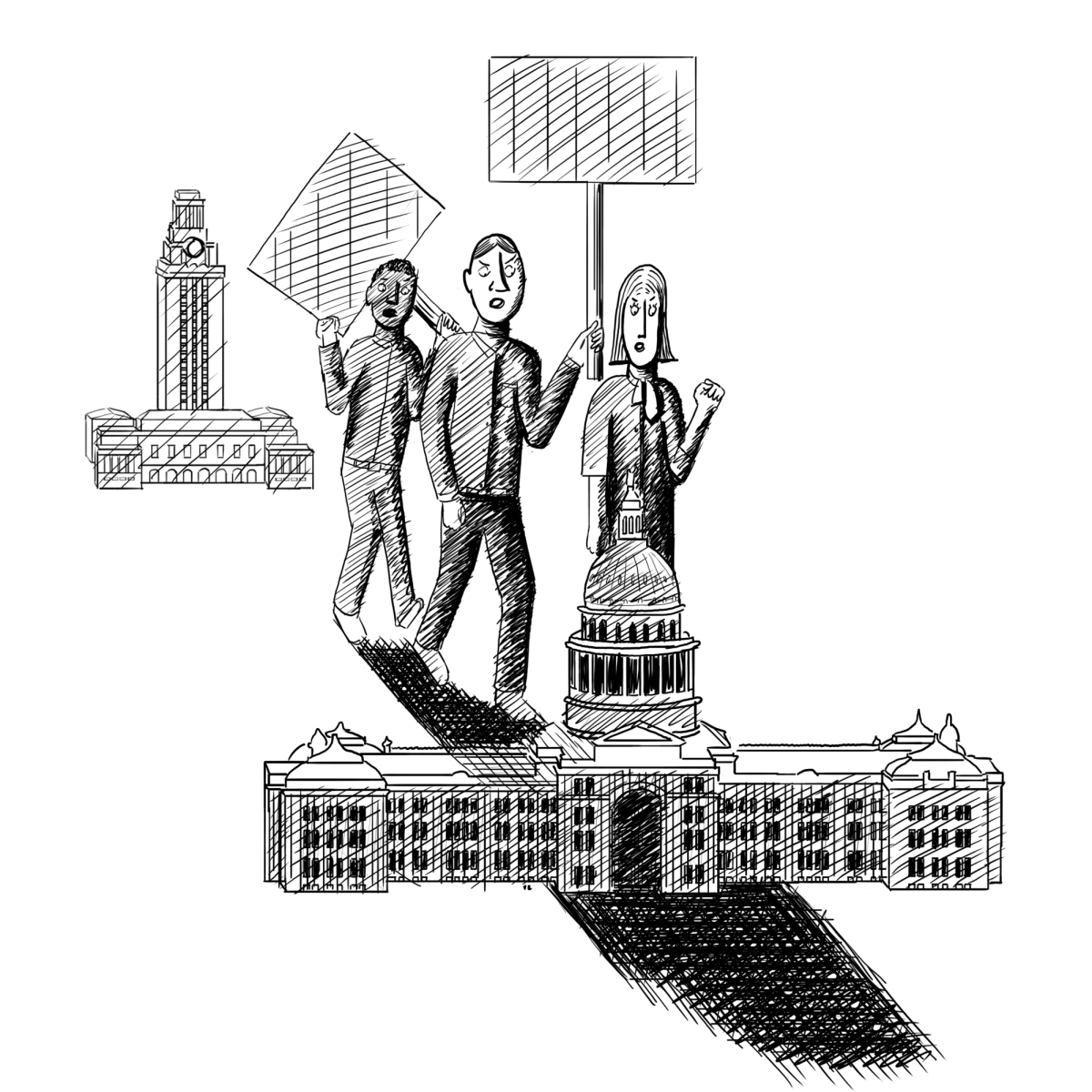When students call her “Mrs.,” rather than using a title like doctor or professor, Carol MacKay, an English and women’s and gender studies professor, pulls them aside to correct them.
“I especially try to point this out to my female students,” MacKay said. “[The habit suggests] that women still aren’t taken as fully professional.”
But Mackay, who has worked at UT since 1978, said she can remember a time when gender inequities for faculty were substantially more prevalent.
In a University-commissioned report written by the Gender Equity Task Force in 2008, more than 14 percent of female faculty members reported they had been subjected to sexual harassment. No broad climate survey has been conducted since the report, though Janet Ellzey, vice provost for international programs, said another climate survey is being discussed.
Gretchen Ritter, vice provost for undergraduate education and faculty governance and government professor, said conducting another survey would be beneficial to the University.
“I think [another climate survey] would be something that would certainly be worth doing again to see what kind of progress, if any, we’ve made on the climate front,” Ritter said.
But even without quantifiable data, several professors say they believe progress is being made.
MacKay said the way women in her department are perceived has changed significantly, especially compared to the environment when she was hired.
“There are still members of an early generation of male and female professors who are really just not as accustomed to having women be full partners, and so for them I think there is still some residual reluctance to recognize our full participation,” MacKay said. “But I would say this has changed considerably — and I find it especially gratifying that there are many ‘male feminists’ among the newer faculty.”
MacKay said she was one of six or seven women in a department of roughly 70 when she was first hired. She said there are still lingering elements of inequity she has encountered while teaching, but these occur on a smaller scale.
“I think [lingering inequities] are working their way out, and I do think it’s getting very close to being equitable,” Mackay said. “We’re just not entirely there yet.”
Hillary Hart, a civil, architectural and environmental engineering lecturer who served on the task force that produced the 2008 report, said that faculty members are increasingly comfortable with taking advantage of policies enacted for their benefit, though this has not always been the case. She cited the “extension of tenure track probationary period” program, where faculty members can pause the tenure clock for a year to have a child, as an example.
“In the last few years, women have started to relax about concerns that using [the extension period] is somehow cheating,” Hart said. “They’ve had their kids in the run up to tenure, and have gotten that extra year.”
Hart said that small changes in policy, combined with an increased number of female faculty members, are what ultimately affect the climate on campus.
“In engineering and in other male dominated disciplines, we’re finally getting a critical mass of women faculty, which makes it easier to join as a group and say, ‘This is what we need,’” Hart said. “These small things matter a lot. They show the upper administration gets it. They are the climate.”



















